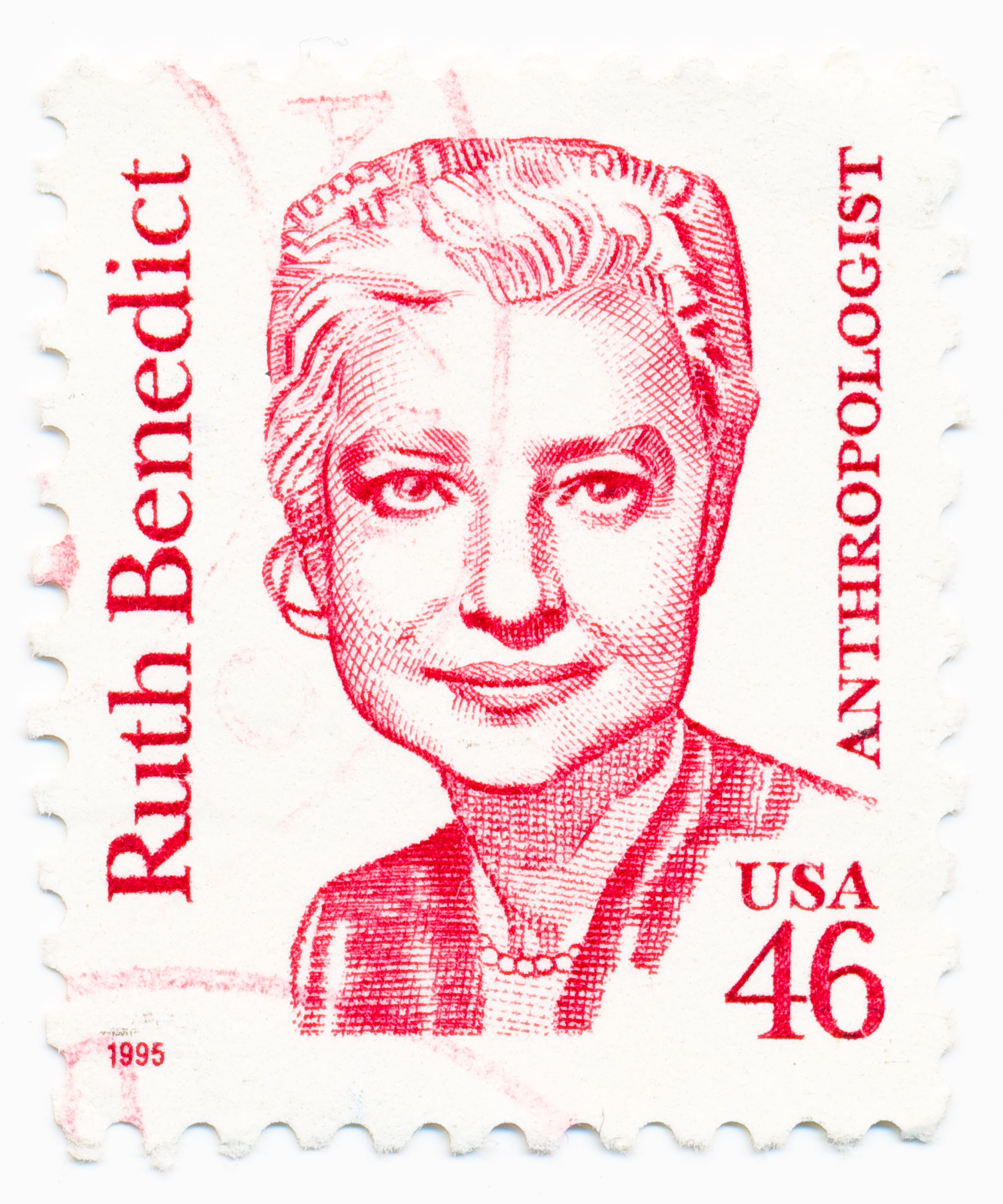Who Was Ruth Benedict?
Posted on Categories Discover Magazine

As a child in the 1890s, Ruth Benedict lived in a society that made her life challenging. A lack of understanding about hearing loss meant adults accused her of not complying with directions. And limited opportunities for women made it difficult for her widowed mother to earn a living wage.
These challenges prompted Benedict to consider how society was structured to benefit people who fit certain traits and disenfranchise those outside the norm. She became one of the most influential anthropologists of the twentieth century. Scholars still reference her work, and educators continue to assign her books.
Who Was Ruth Benedict?
Benedict was born Ruth Fulton in 1887 in upstate New York. Her father was a surgeon, and Benedict believed he contracted an infectious disease from one of his patients. He died when she was 21 months old, and her younger sister was mere weeks old.
Early Life
Her mother worked as a teacher and moved her daughters for teaching assignments in Buffalo, Minnesota, and Missouri. Her mother was poorly paid and struggled to earn a living wage. On summer breaks, Benedict returned to her grandparents’ farm in New York, where her grandfather supported higher education for girls.
Education
Benedict went to Vassar College and graduated in 1909 with a degree in English literature. Her job prospects were limited to teaching at girls’ schools. She found the job depressing and felt bored having to chaperone her students on outings or make sure they were focused during study hours.
Personal Life
In 1914, she married Stanley Benedict, a chemist and the brother of a Vassar classmate. They moved to New York for his job at Cornell Medical College. She immediately disliked suburban life and felt pained by her husband’s refusal to approve a surgery needed to address her infertility (the surgeon required her husband’s permission to proceed). In 1919, she began attending lectures and soon became a graduate student at Columbia University.
Read More: 5 American Anthropologists You Should Know
What Was Ruth Benedict Best Known for?
In 1934, Benedict published Patterns of Culture, which became important in the “culture and personality” school of thought among American anthropologists. In the book, Benedict looked at three distinct cultures — the Dobu (of New Guinea), Kwakiutl (of Canada), and Zuni (of the American Southwest). She argued that cultures were essentially “personality writ large,” meaning that all cultures had defining personality traits that were valued, performed, and reinforced.
What Was Ruth Benedict’s Theory?
Benedict found that cultures were like individuals in that there were many distinct personality traits, but people tended to only possess a few defining traits. As her work deepened, she considered how character also included integrity and what that meant to allow individuals within a society to access opportunities and enjoy freedoms.
This area of study might have been influenced by the hindrances she experienced in her youth. As the 1930s progressed, she considered how American character valued ambition, competition, and individual pursuits. She criticized such character for suppressing people who did not fit into this mold.
Read More: The 10 Greatest Scientists of All Time
How Did Ruth Benedict Contribute to Anthropology?
Famed anthropologist Margaret Mead described Benedict’s work as consistently focusing on how individuals sought to understand who they were within their own society. Benedict was particularly interested in how people who didn’t fit a culture’s dominant character were excluded.
Benedict’s Theories Against Racial Superiority
In her work, Benedict argued that people who didn’t fit their culture’s dominant character were oppressed by that culture. She also found such disenfranchised people didn’t have the power to change their circumstances and escape their struggles.
In 1945, she published Race: Science and Politics, a book intended to challenge the use of science to justify racism. In the previous decades, the Nazis had cited faulty science to claim the Aryan race was superior. Benedict’s book was a scientific response that argued racial superiority was a mere cultural construction, not a scientific fact. She denounced racial superiority and prompted other scholars to do the same.
Her work into culture and personality prompted her to consider how people who didn’t fit rigid norms regarding gender and sexual orientation were excluded or stigmatized as deviant.
Read More: Race Is Real, But It’s Not Genetic
New: What Was Unique About Ruth Benedict’s Work?
Benedict experienced a childhood illness that left her with significant hearing loss that wasn’t discovered until she began attending school. As a result of her hearing loss, Benedict didn’t use audio recording devices like other anthropologists did when conducting fieldwork. Instead, she developed an approach for decoding visual information to analyze a culture.
Ruth Benedict and Visual Anthropology
Her approach developed into a subfield of anthropology — visual anthropology. In this observation method, she considered all visual aspects within a culture, including architecture, clothing styles, dance, literature, and painting.
Similar to her scholarship regarding people disenfranchised for not fitting their culture’s dominant personality traits, Benedict was ahead of her time with her work regarding visual anthropology. The approach was initially contested and wasn’t widely accepted until the 1970s.
Benedict never saw her ideas become mainstream. She died in 1948 at the age of 61.